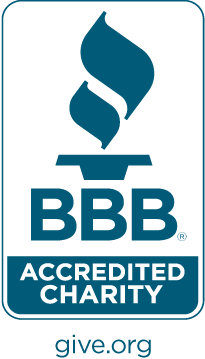|
|
|
 |
||
|
A patient receives a dose of the COVID-19 vaccine in Nigeria. Credit: i_am_zews / Shutterstock |
||
|
John, |
||
|
Without evidence, decision-makers often have to guess the answers to questions like these. IPA works with researchers and our partners to generate evidence on what works, so organizations and governments can make informed decisions. |
||
|
||
|
Thank you for taking our quiz! |
|
|


